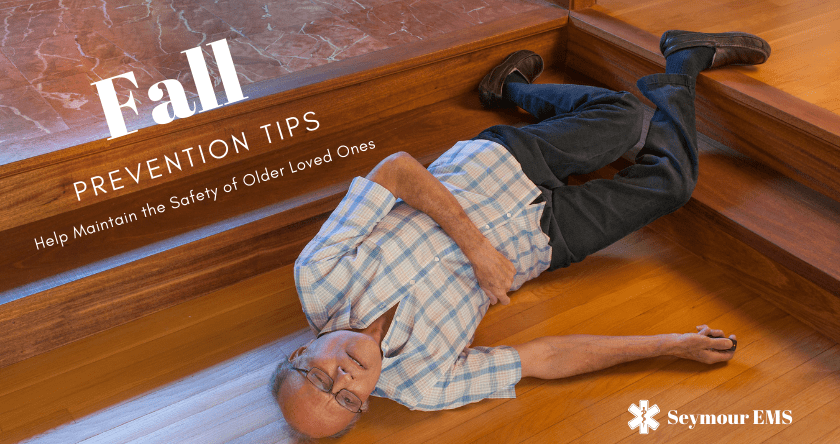Fall prevention is an important topic for people who have elders in their families or for those who care for the elderly. As we get older, the likelihood of experiencing a fall grows. While many people can easily bounce back from a fall, falling when you are older can lead to serious injury. That’s why fall prevention is a crucial lesson for those who deal with elderly people.
Fall Prevention Tips
One of the best ways to prevent a fall for older people is to ensure the safety of their homes. If your loved one still lives at home, it’s a good idea to check what can be done to prevent their risk of falling. Some ways you can help are to:
- Check the home for trip hazards. Be sure rugs, cables, or clutter do not present a slip or trip hazard for your loved one.
- Make sure they have easy access to cabinets or other places where they store items they need on a regular basis.
- Make a space where frequently used items are close to their reach, especially for seniors who have a lack of mobility. Easy access storage solutions can be placed near where they sit to help avoid a fall.
- Talk to a doctor about whether or not they need walking assistance like a cane or walker.
- Create an open line of communication where they feel comfortable talking about what they need to avoid a fall or areas of their lives where they struggle.
While these steps will not guarantee that your loved one doesn’t fall, they are great ways to lower their risk of falling.
How to Help Following a Fall
While fall prevention is important, you can’t always prevent your loved ones from falling. In some cases, you may witness a fall or be the first person there after a fall. Whether you say them fall, or they told you, ensure your loved one visits their doctor, a walk-in clinic, or the emergency room after a fall.
Be understanding. As we get older, diminishing independence can do a number on the psyche. Falling can not only physically injure older people, it can destroy their confidence. Because many older people fear losing their independence, they may even hide the fact that they fell from loved ones. This can be a problem if an underlying injury occurred.
If you are the first one there after an older loved one has fallen, do not try to get them up immediately. Check for injuries first. Help them relax. They might experience labored breathing because of the stress of the accident. Encourage them to breathe in through the nose and out through the mouth. Check for signs of injury, swelling, bleeding, or bruising. If there are noticeable injuries, or your loved one is in too much pain to move, call for an ambulance.
If there is no evidence of injury, help your loved one off the floor. Do not allow them to get up on their own. When lift assisting anyone, follow these steps:
- Let them get up on their own without being rushed.
- Place a chair near their head and their feet.
- Ask them to roll on their side.
- Support the person so they can kneel on both knees and face the chair.
- Place the chair behind them so they can easily sit on it when they get up.
- Have them use the chair in front of them to support them as they bring one leg up and place their foot firmly on the floor.
- If possible, have them push themselves to a standing position in which you place the other chair behind them.
Once your loved one is safely seated in the chair, allow them to remain seated as long as they need. Be sure someone is nearby when they are ready to get up. A fall can be a traumatic event and nervousness can cause lightheadedness. Even if it seems like your loved one is without injury, be sure they visit their general practitioner following any fall.
Fall prevention is an important way to prevent serious injury in older adults. Since elderly persons are more prone to breaking bones or seriously injuring themselves after a fall, don’t hesitate to contact your local emergency medical services provider if you think their injury is serious.


Recent Comments